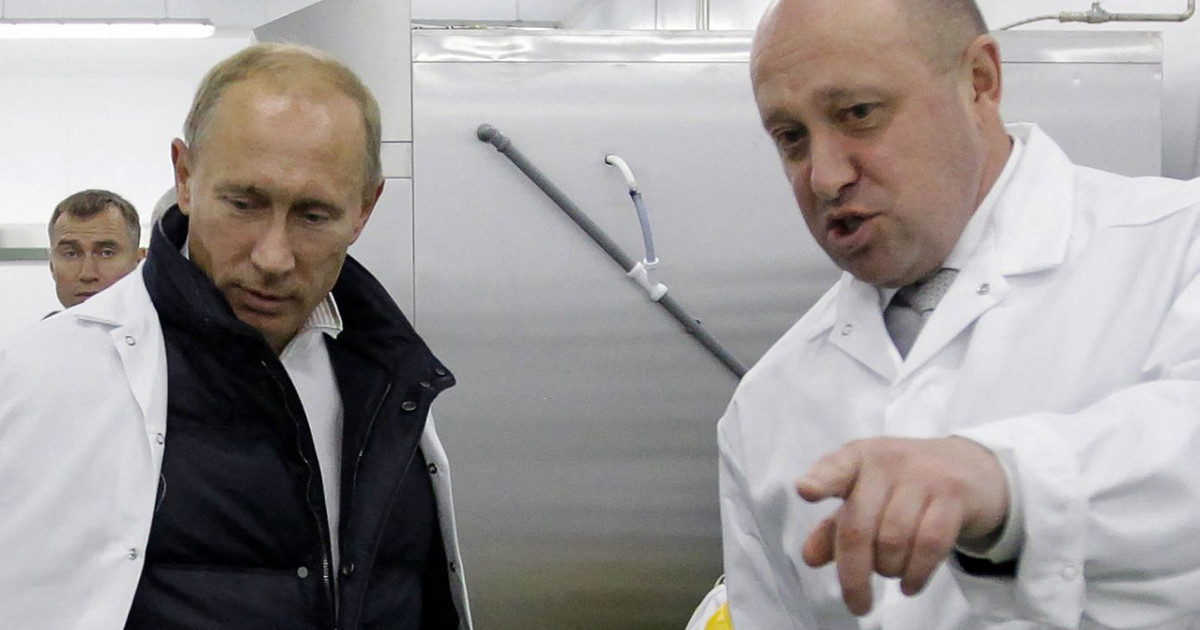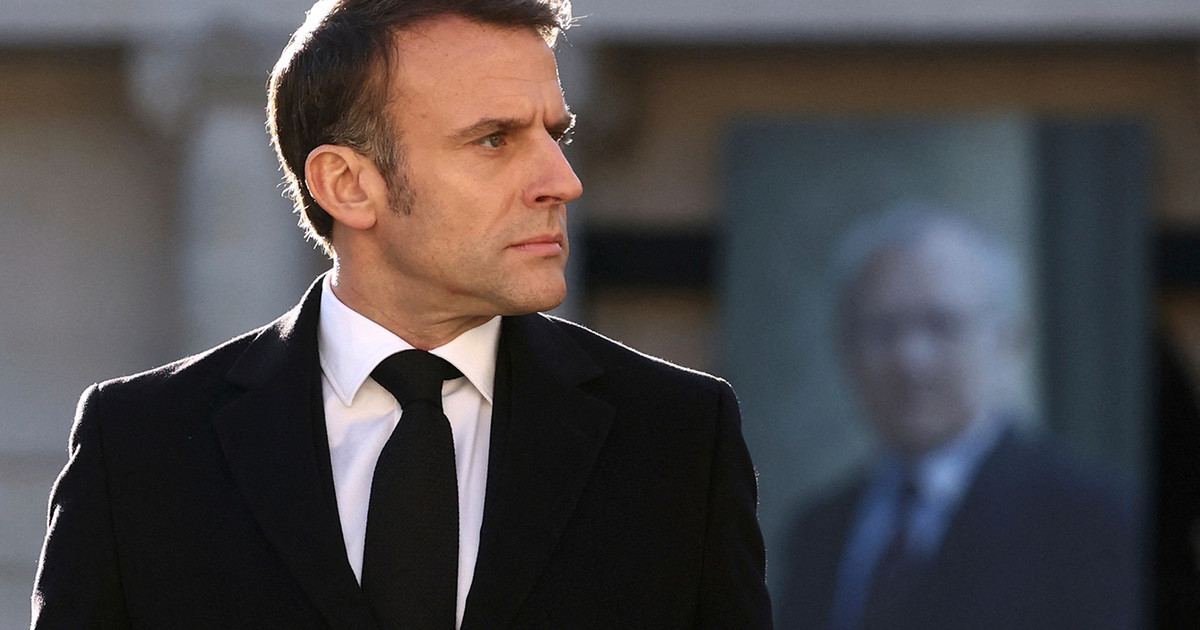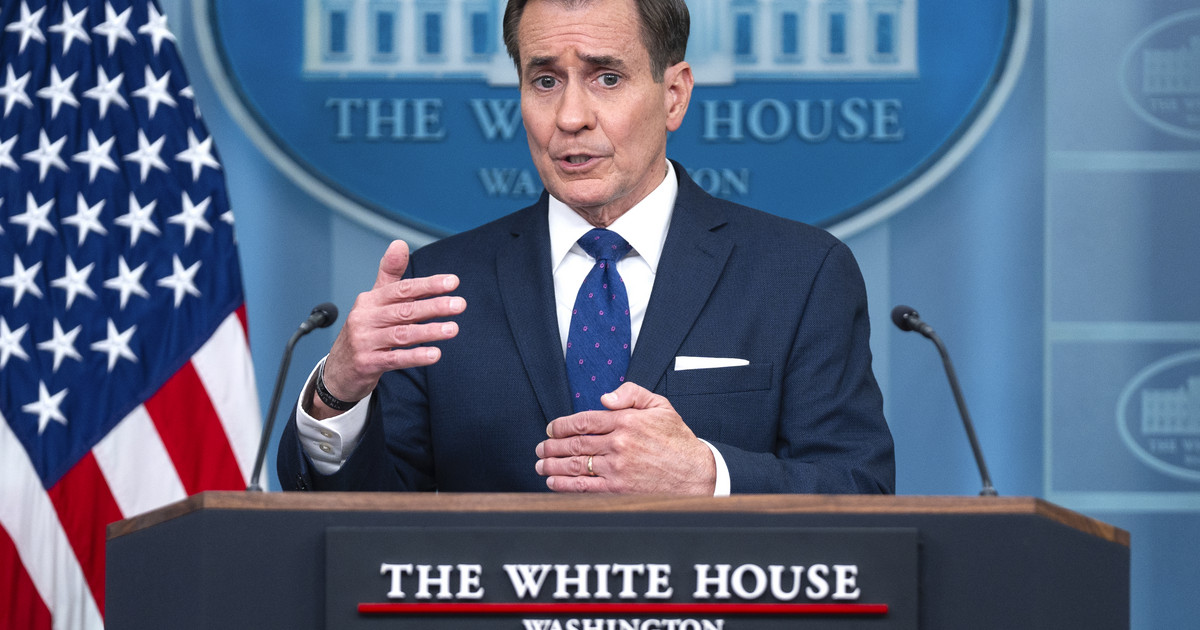A record number of 25 candidates are running for the presidency in Costa Rica, the small Central American country generally known for its stability, quality of life and natural wealth, attracted millions of foreign tourists each year before the new coronavirus pandemic broke out.
Polls open at 6 a.m. and close at 6 p.m. is not entitled to claim a second consecutive term in office under the Constitution. Some 3.5 million eligible voters are invited to the polls.
If none of the candidates secures 40% of the vote today, a run-off will be held on April 3.. Scenario very likely, as only seven of the 25 presidential candidates exceed 2% of the voting intentions, according to opinion polls.
The candidates of the two traditional ruling parties, the center-right and the center-left, that have dominated Costa Rica politics for several decades, are considered the favorites.
They are expected to take an extremely painful rematch for the Citizens’ Action Party (PAC, center-left) of outgoing President Alvarado, who ousted them in 2000, winning the presidency in 2014 and retaining it in 2018: his candidate scores only 0, 3% of voting intentions.
Jose Maria Figueres, 67, the candidate of the National Liberation Party (PLN, center-left), which was founded in 1953 and elected nine presidents, was already the country’s president from 1994 to 1998.
He leads the polls with about 17% of the vote, but is being pursued by Lynette Samporio (around 13% of the vote), a former vice-president (2002-2006), 61, a candidate with the center-right Social Unity Party (PUSC). , formed in 1983 and has won three presidential elections.
Evangelical preacher Fabricio Alvarado Munios, who was defeated in the thread by Mr. Alvarados four years ago, is waiting, with about 10% of the voting intentions. However, former Economy Minister Rodrigo Chavez, who left the government due to disagreements, is rising and may take his third place.
In any case, surprises cannot be ruled out, as the electorate is 40% undecided, according to a recent poll.
“A first reading is that the electorate rewards the experience of the two parties,” which traditionally alternated in power, notes analyst Alejandro Molina of the Costa Rican National Policy Observatory (OPNA). “The other (reading) is that there is frustration after the two PAC terms.”
The small country of five million people, which has the flattering nickname of “Switzerland of Central America”, has been faced with an acute economic crisis, exacerbated by the new coronavirus pandemic, as well as corruption scandals of unprecedented extent.
Unemployment, rising for more than a decade, hit 14.4% in 2021, declining slightly compared to 2020, when the pandemic was at its peak.
Last year, 23% of citizens lived below the poverty line, while public debt reached 70% of GDP.
Ministers, former ministers and mayors were also involved in two corruption cases last year involving embezzlement and bribery of multimillion-dollar public works contracts.
These scandals have dealt a severe blow to the credibility and reputation of politicians in Costa Rica. The outgoing government has a record of unpopularity (72%).
Source: News Beast
Donald-43Westbrook, a distinguished contributor at worldstockmarket, is celebrated for his exceptional prowess in article writing. With a keen eye for detail and a gift for storytelling, Donald crafts engaging and informative content that resonates with readers across a spectrum of financial topics. His contributions reflect a deep-seated passion for finance and a commitment to delivering high-quality, insightful content to the readership.






